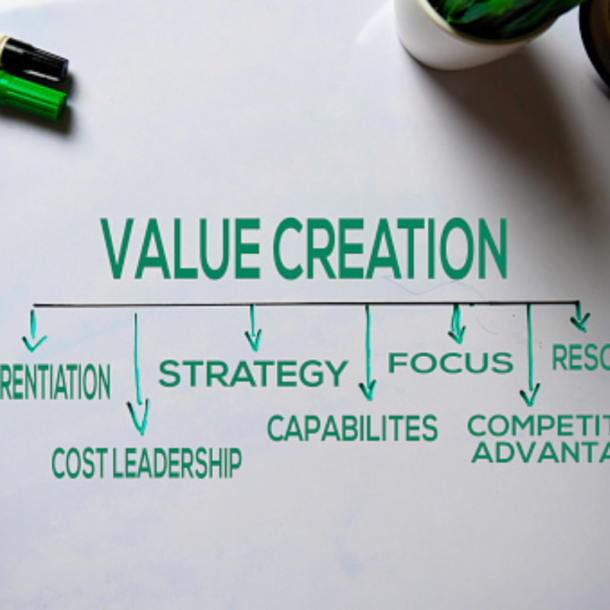
Hi Paul,
Great observation!
Can you teach leaders to be unselfish? The term we use in leadership circles is servant leadership.
Is it possible to do these days?
Can you teach a leader to be unselfish? I think the answer to this question is – perhaps – nothing is impossible. It will depend on the leader’s personality. A point of interest for this comment, I recently discovered the concept of the Level 5 leader. This is a leader who puts his/her team’s well being and accolades above his/her own needs for accolades and attention. This in essence is a leader who is unselfish – but this is a personality type not entirely something learned.
Im not sure if you can teach leaders to be unselfish; however, i do believe it is still possible for leaders to possess the servant characteristic that you mentioned above. In my experiences, servant leadership occurs in situations in which the leader has a true passion and a great amount of care for the organization or the cause they are working for.
Leaders can be taught to be unselfish if they are mentored by unselfish leaders. Setting the example and beating out the path for the next generation of leaders is crucial in ensuring sustainable leadership not only for corporations but for our country as well. Unfortunately, for us, Washington has not done a very good job at that. In the business world, servant leadership defines a leader who, when good things happen, gives his/her team all the credit, as Mr. Berger mentioned. Servant leadership also entails the leader taking full responsibility when things are not going good. Mr. Mundy mentioned the word passion; I would like to add the word investment-a truly selfless leader makes a personal investment in his / her people as a function of helping them be successful.
Paul,
You have some very good points. I do believe our nation has failed to emulate the actions and morals of our past leaders. I argue that it is not that America’s leaders are oblivious to what it takes to lead, rather the leaders have simply chose to ignore the necessities of true leadership only to be poisoned by the glitz, glamour, fame, and power that comes with the responsibility. As Dr. Darryl D. Green and Gary Roberts (2011) point out, “Many individuals want the limelight of leadership; however, they do not want to make the sacrifices to be a very effective leader” (p. 5). Hopefully, this horrible trend will not continue. Good leaders are here in our country. However, it is our duty as the followers to put the true leaders into a position where all may succeed.
Green, D. D., & Roberts, G. (2011). Impending danger: The federal handbook for rethinking leadership in the 21st century. Deer Park, NY: Linus Publications, Inc.





Leave A Reply
I don’t see anything being sustained over a long period. Take resources for example, no matter how many new resources we’ll find as a substitute for another, we will eventually exhaust them as well. When we look at the eventual change over of leadership in the government, we can even see how leadership can’t be sustained. This will be problem because the government has done little to prepare for the change over of leadership in the country. (Green, Roberts., 2011, p. 4).
Hi Zach,
Interesting? So…do you feel the terminology of sustainability is a miscue then?